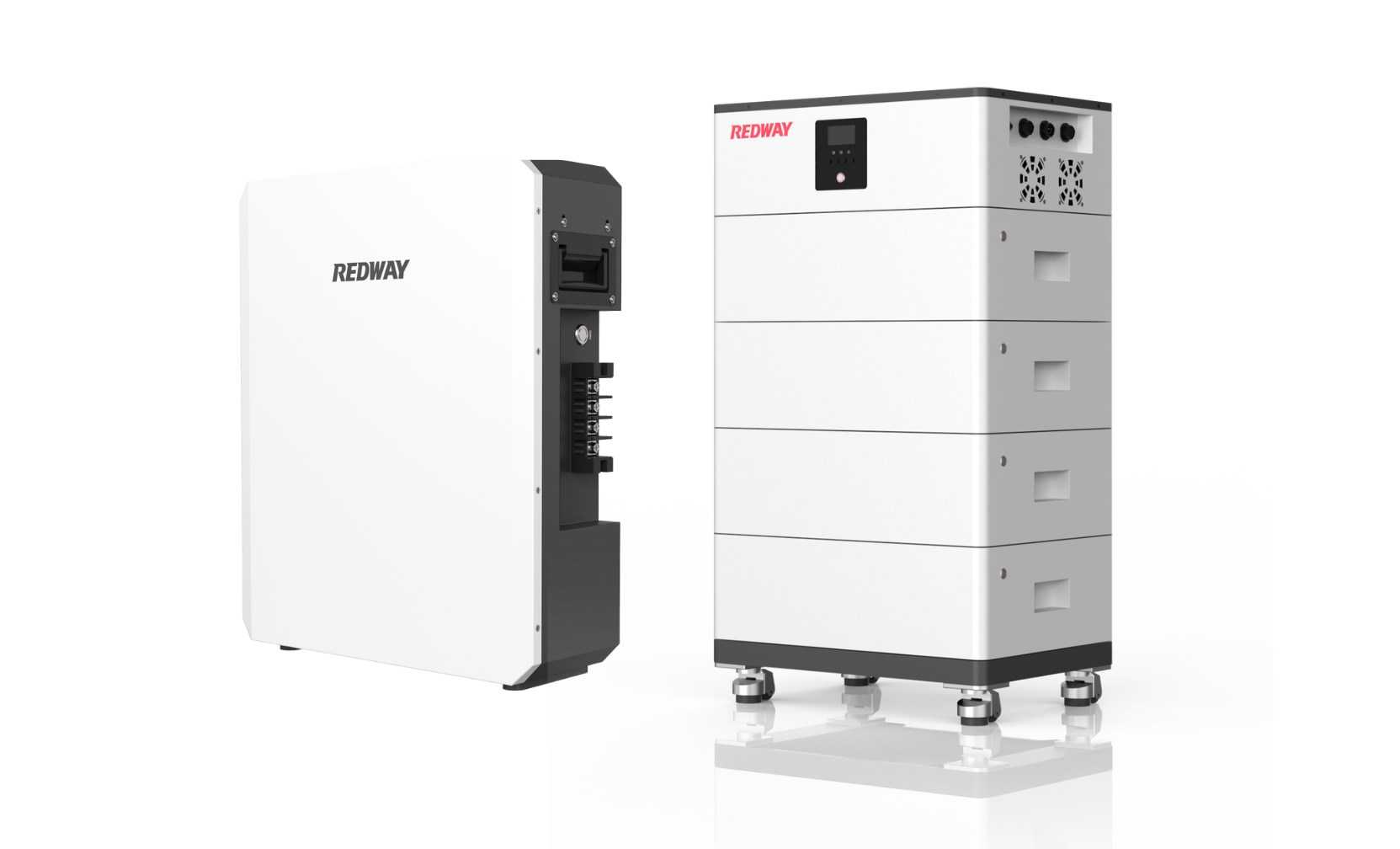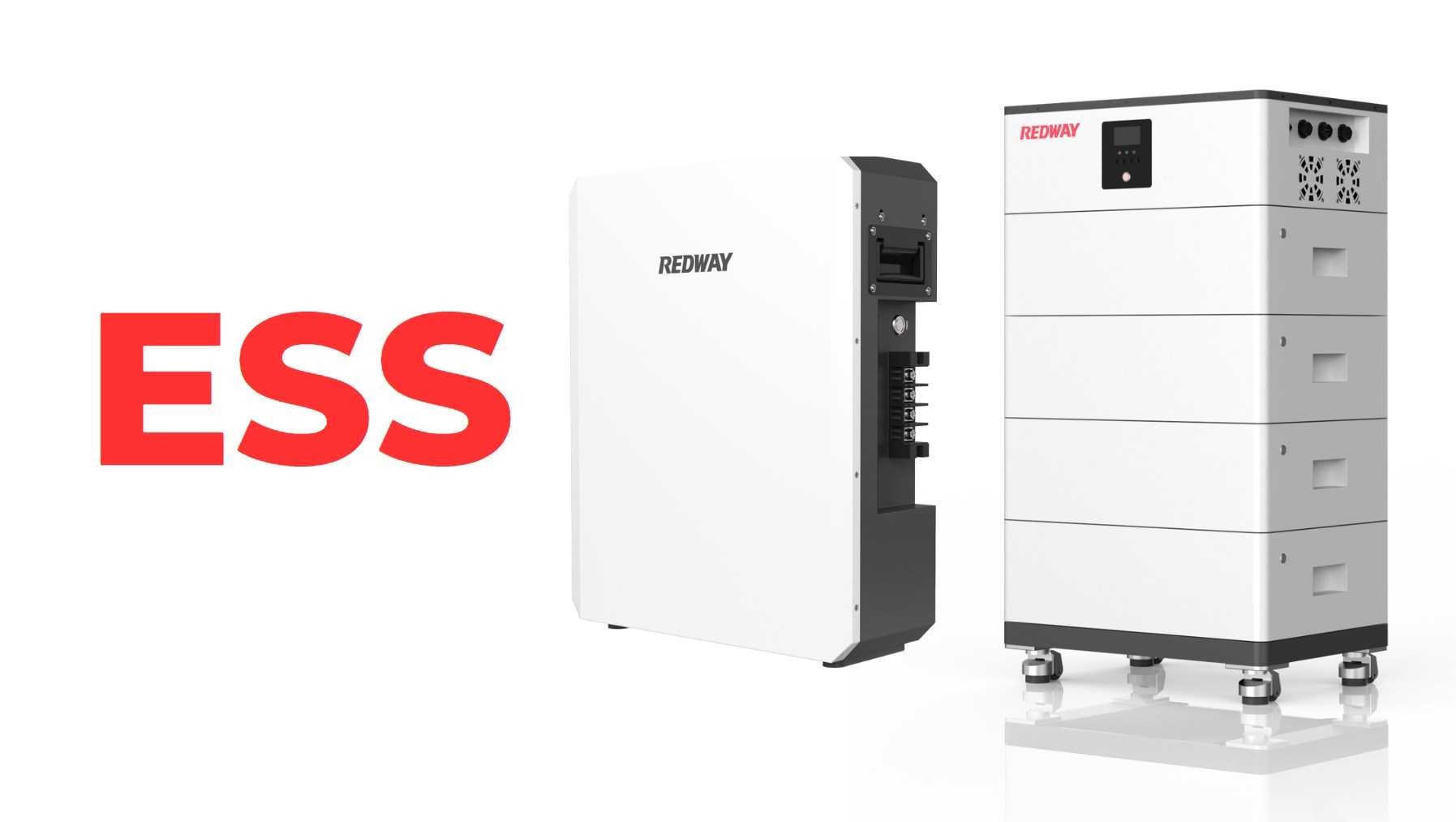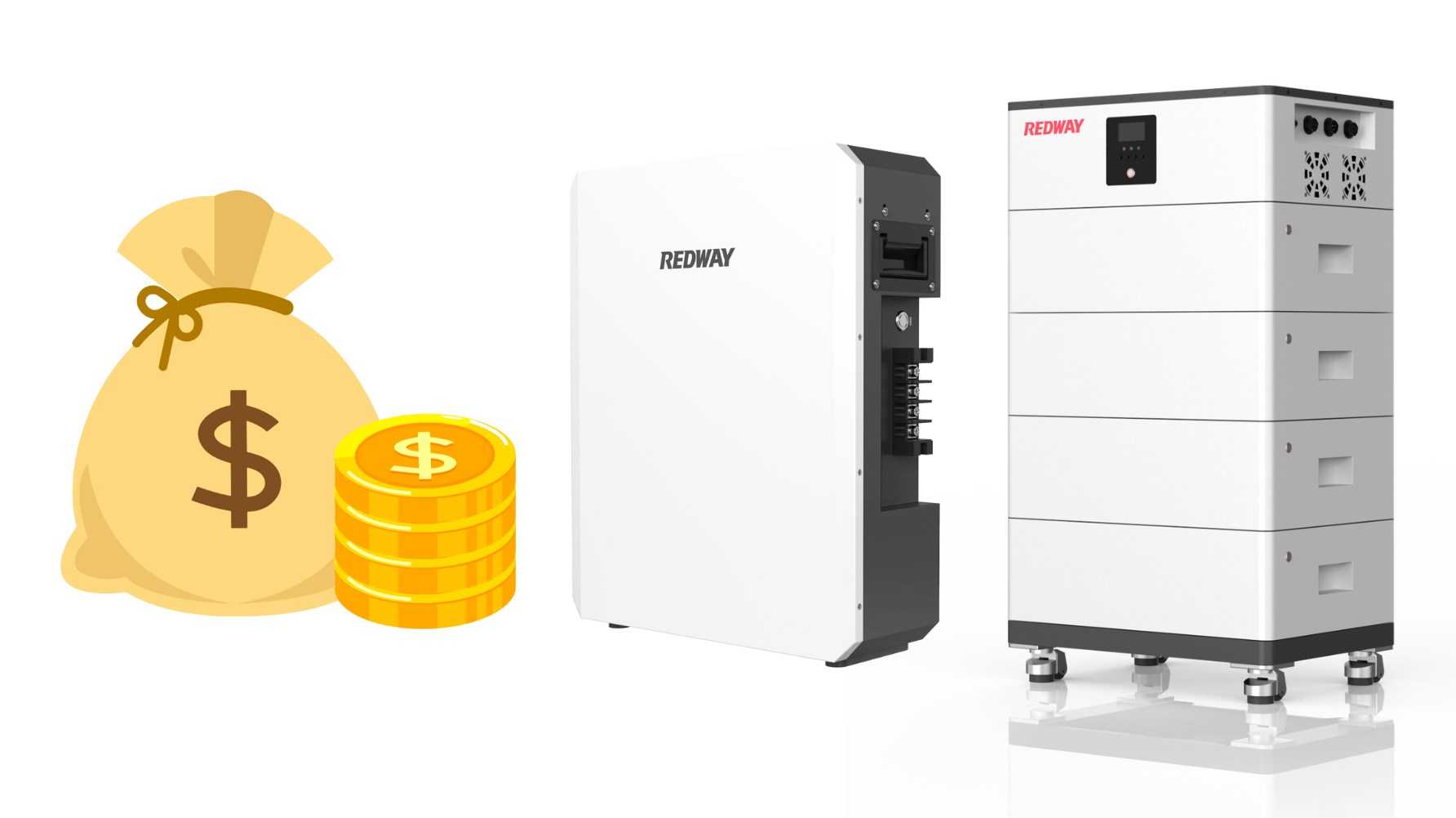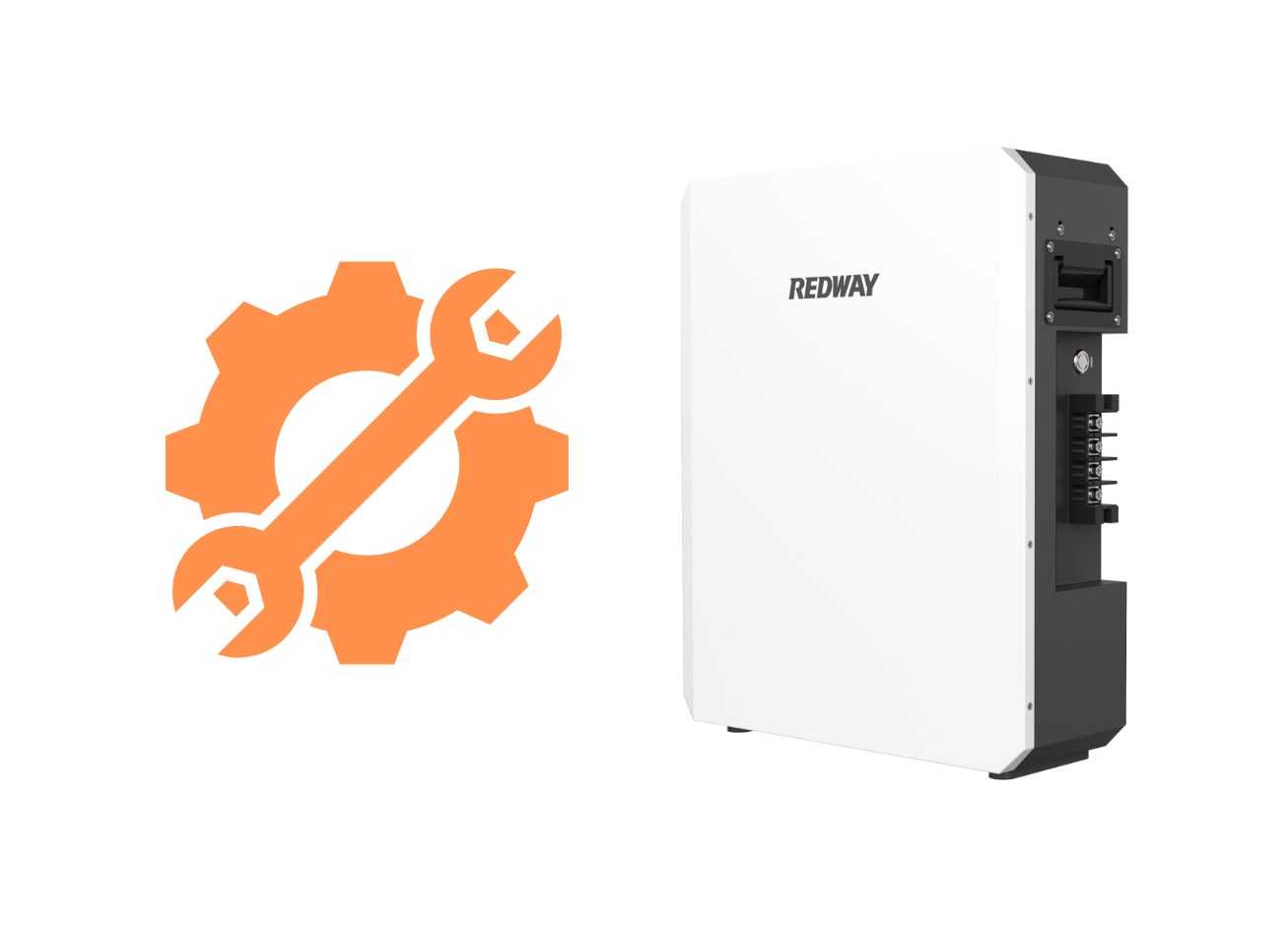Best Home Battery Storage Options: Finding Your Perfect Fit
Welcome to the future of energy storage! In a world where sustainability and self-sufficiency are becoming increasingly important, home battery storage options have emerged as game-changers. Imagine harnessing the power of the sun during the day and using it to light up your nights. From reducing your carbon footprint to saving money on electricity bills, there are numerous benefits to be gained from investing in a home battery storage system. So, if you’re ready to take control of your energy usage and embrace a greener lifestyle, keep reading! In this blog post, we will explore different types of home battery storage options available in the market today, discuss factors to consider when choosing one that suits your needs, highlight top brands and products worth considering, share real-life case studies showcasing successful use of these systems, provide installation and maintenance tips for smooth operation – everything you need to make an informed decision about integrating home battery storage into your life. Get ready for an electrifying journey ahead!
Benefits of Using Home Battery Storage
Benefits of Using Home Battery Storage
Home battery storage systems have become increasingly popular among homeowners looking to harness the power of renewable energy and reduce their reliance on the grid. The benefits of using home battery storage extend far beyond simply storing excess electricity generated by solar panels.
One major advantage is increased self-sufficiency. With a home battery storage system, you can store the excess energy your solar panels generate during the day and use it at night or during power outages. This means you can rely less on traditional utility companies and take control of your own energy consumption.
Another benefit is cost savings. By using stored energy from your batteries during peak demand times, when electricity prices are typically higher, you can significantly reduce your monthly utility bills. Additionally, some utility companies offer incentives or credits for homeowners who install home battery storage systems, further reducing costs.
Home battery storage also provides peace of mind in case of emergencies or natural disasters. When the grid goes down, having a backup power source can keep essential appliances running and ensure that you and your family remain safe and comfortable.
Furthermore, using home battery storage contributes to a greener future by promoting sustainability. By relying less on fossil fuel-based electricity generation from the grid, you decrease carbon emissions associated with traditional power production.
There are numerous benefits to using home battery storage systems: increased self-sufficiency, cost savings through reduced reliance on utility companies’ rates, improved resilience during emergencies or blackouts, and an eco-friendly approach towards sustainable living
Different Types of Home Battery Storage Options
When it comes to home battery storage, there are several options available on the market today. Each option has its own unique features and benefits, making it important to understand the different types before making a decision.
One popular type of home battery storage is lithium-ion batteries. These batteries are lightweight and compact, making them easy to install in residential settings. They also have a high energy density, meaning they can store a large amount of energy in a small space.
Another option is lead-acid batteries. While these may be older technology compared to lithium-ion batteries, they still offer reliable performance and are often more affordable. Lead-acid batteries are known for their ability to provide consistent power over long periods of time.
For those looking for a more environmentally friendly option, there are also solar-powered battery systems available. These systems use solar panels to convert sunlight into electricity which is then stored in the battery for later use.
Some homeowners opt for flow batteries which utilize liquid electrolytes that can be easily recharged or replaced as needed. This allows for longer lifespan and easier maintenance compared to other types of batteries.
When choosing a home battery storage system, it’s important to consider factors such as cost, efficiency, and environmental impact. By understanding the different types of home battery storage options available on the market today, homeowners can make an informed decision that meets their specific needs and preferences
Factors to Consider When Choosing a Home Battery Storage System
When it comes to choosing a home battery storage system, there are several factors that you should consider. First and foremost is the capacity of the battery. You need to determine how much energy you want your battery to store, based on your household’s needs.
Another important factor is the type of battery chemistry. There are different types available such as lithium-ion, lead-acid, and flow batteries. Each has its own advantages and disadvantages in terms of performance, lifespan, and cost.
The power rating of the battery is also crucial. This refers to how much power can be delivered by the battery at any given time. If you have high-power appliances or if you experience frequent power outages, then opting for a higher power rating would be beneficial.
Consider the warranty offered by the manufacturer as well. A longer warranty period indicates confidence in their product’s quality and reliability.
Installation requirements should not be overlooked when choosing a home battery storage system. Some systems may require professional installation while others can be installed DIY-style.
Take into account any additional features or functionalities that may enhance your overall experience with the system such as smart integration capabilities or compatibility with solar panels.
By considering these factors carefully before making a decision, you’ll be able to find a home battery storage system that best meets your specific requirements and contributes towards achieving energy independence!
Top Brands and Products in the Market
When it comes to choosing a home battery storage system, there are several top brands and products that have made a name for themselves in the market. These companies offer a range of options to suit different needs and budgets.
One popular brand is Tesla, known for their innovative Powerwall batteries. The Powerwall 2 boasts a large storage capacity and can power an average-sized home for hours during a blackout. With its sleek design and advanced features, it’s no wonder why Tesla is leading the way in home battery storage.
Another notable brand is LG Chem, which offers high-quality lithium-ion batteries that are compatible with solar panels. Their RESU series provides reliable energy storage solutions with various capacities to choose from, depending on your household’s energy demands.
Enphase Energy is also worth considering, especially if you’re looking for flexibility and scalability. Their Encharge series allows you to add more batteries as needed and integrates seamlessly with their microinverter systems.
If you’re interested in sustainable options, Sonnen stands out with their eco-friendly battery systems. They use recycled materials and prioritize longevity through software updates that optimize performance over time.
These are just a few examples of the top brands making waves in the home battery storage market. Each company offers unique features and benefits, so be sure to research thoroughly before making your decision!
Case Studies: Real-Life Examples of Successful Home Battery Storage Use
Case Studies: Real-Life Examples of Successful Home Battery Storage Use
1. The Smith Family: Saving on Energy Costs
The Smith family decided to invest in a home battery storage system to offset their electricity bills. They installed a lithium-ion battery pack that could store excess energy generated by their solar panels during the day and use it at night when there was no sunlight. As a result, they significantly reduced their reliance on the grid and saw substantial savings on their monthly utility bills.
2. The Johnsons: Reliable Backup Power
When severe storms hit their area, causing frequent power outages, the Johnsons realized the importance of having a reliable backup power source. They opted for a lead-acid battery system that automatically kicked in whenever there was an outage, providing uninterrupted electricity to keep essential appliances running until the grid was restored.
3. The Greenfield Farm: Off-Grid Living
Living off-grid presented unique challenges for the Greenfield family who owned a small farm in a remote location without access to traditional power lines. To overcome this hurdle, they installed multiple deep-cycle batteries connected to wind turbines and solar panels to provide enough energy for all their needs – from powering agricultural equipment to lighting up their farmhouse.
4. The Rodriguez Residence: Maximizing Self-Consumption
The Rodriguez family wanted to maximize self-consumption of renewable energy generated by their rooftop solar system. They chose an intelligent home battery storage solution equipped with advanced software that automatically optimized energy usage patterns based on weather forecasts and household consumption patterns, ensuring they used as much self-generated clean energy as possible.
These real-life case studies showcase how different households have successfully utilized home battery storage systems tailored to meet their specific needs – be it reducing costs, ensuring reliability during outages or achieving complete independence from traditional power sources.
Installation and Maintenance Tips
Installing and maintaining a home battery storage system is crucial to ensure its efficient operation and longevity. Here are some helpful tips to guide you through the process.
1. Professional Installation: It’s highly recommended to hire a qualified electrician for the installation of your home battery storage system. They have the knowledge and expertise to properly connect the system to your electrical panel and ensure everything is done safely.
2. Proper Location: Choose an appropriate location for your battery storage system. It should be well-ventilated, away from direct sunlight, extreme temperatures, and any potential hazards or flammable materials.
3. Regular Inspections: Conduct regular inspections of your home battery system to check for any signs of damage or wear. Look out for loose connections, frayed wires, or any unusual noises coming from the unit.
4. Cleanliness Matters: Keep your battery storage unit clean by removing any dust or debris that may accumulate on it over time. This will help maintain optimal performance and prevent overheating.
5. Battery Maintenance: Follow manufacturer guidelines regarding maintenance procedures such as checking electrolyte levels (if applicable), replacing faulty cells if necessary, and monitoring charging cycles.
6. System Upgrades: Stay updated with advancements in technology by considering periodic upgrades to your home battery storage system when needed. Newer models often come with improved efficiency and longer lifespan.
Remember that proper installation and maintenance are essential for maximizing the benefits of your home battery storage system while ensuring its safety and durability over time!
Conclusion
In today’s fast-paced world, where energy usage is a key consideration for many homeowners, home battery storage options provide an innovative solution. With the ability to store excess energy generated by renewable sources or during off-peak hours, these systems offer numerous benefits for both individuals and the environment.
By investing in home battery storage, you can enjoy financial savings by reducing your reliance on the grid and taking advantage of time-of-use tariffs. Additionally, you gain peace of mind knowing that you have a reliable backup power source during outages or emergencies.
When it comes to choosing the right home battery storage system for your needs, there are several factors to consider. These include evaluating your energy consumption patterns, understanding different types of batteries available (such as lithium-ion or lead-acid), assessing compatibility with existing solar panels or renewable energy systems, and considering budget constraints.
Fortunately, the market offers a wide range of top brands and products in this space. From industry leaders like Tesla Powerwall to established manufacturers such as LG Chem and SonnenBatterie, there are options available for every homeowner seeking sustainable energy solutions.
Real-life case studies demonstrate how successful implementation of home battery storage has transformed households into more self-sufficient entities while minimizing their carbon footprint. By harnessing clean energy from their solar panels and utilizing stored power when needed most efficiently, these homeowners have taken control over their electricity consumption like never before.
To ensure optimal performance and longevity of your home battery storage system, proper installation and regular maintenance are crucial. It is recommended to consult professionals who specialize in these installations to guarantee seamless integration into your existing setup.
In conclusion, home battery storage options not only empower homeowners but also contribute significantly towards building a greener future by reducing dependence on fossil fuels. The benefits they offer in terms of cost savings, reliability during power outages, and environmental sustainability make them an attractive investment option for those committed to creating a more sustainable lifestyle.





